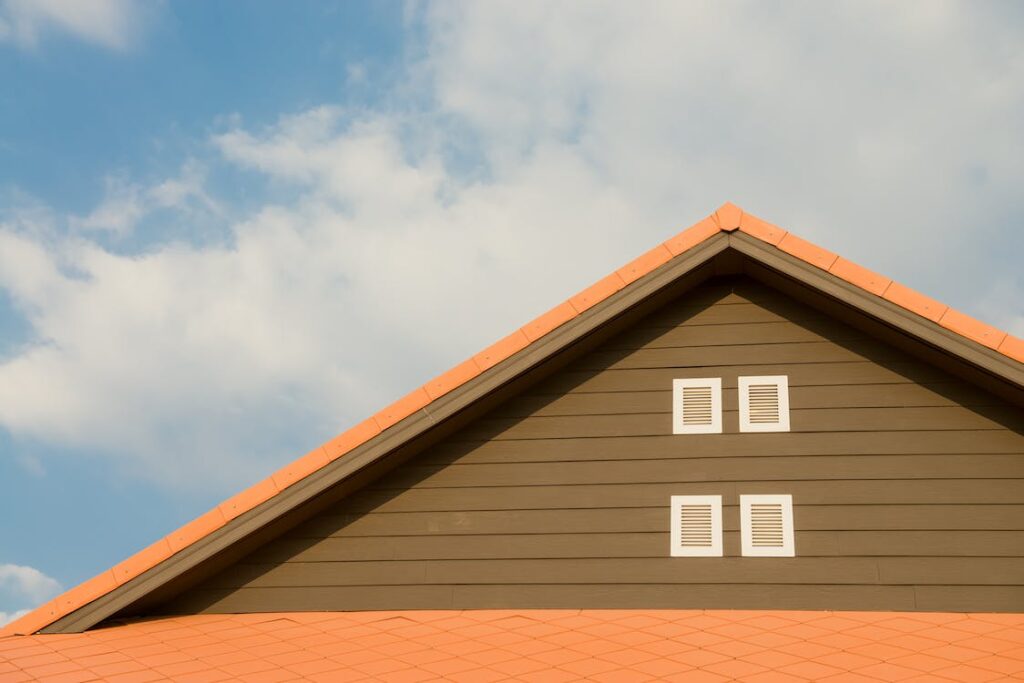Roofing Retrofitting Grants Now Accessible to Louisiana Homeowners
Residents of Louisiana are set to benefit from a new grant opportunity that promotes strengthening homes against severe weather. The grants will facilitate retrofitting roofs to exceed conventional construction standards, potentially resulting in significant reductions in insurance premiums for homeowners.
Following the previous establishment of the Louisiana Fortify Homes Program (LFHP) without adequate funding, state lawmakers recently approved a budget bill allocating $30 million to the program. This generous funding will permit eligible homeowners to apply for grants of up to $10,000, helping them improve their roofs to meet the stringent standards set by the Insurance Institute for Business and Home Safety (IBHS) for Fortified roofing.
During a press conference on June 14, Louisiana Insurance Commissioner Jim Donelon projected that the application process would commence in October. A key objective of these grants is to motivate homeowners to enhance the resilience of their homes, thus diminishing the possibility of severe damage from storms.
Legislation has also been passed to obligate insurance companies to offer justifiable discounts to policyholders who either build new structures or retrofit existing ones to meet the IBHS Fortified standard. According to estimates from Smart Home America, homeowners who upgrade their homes to this standard can anticipate savings ranging from 20-52% on the wind portion of their homeowner’s insurance.
Both commercial and residential properties that comply with the Fortified standard—whether built anew or retrofitted—will qualify for insurance discounts. Further legislative action has resulted in an obligation for insurers to offer endorsements on homeowners’ policies to upgrade nonfortified roofs to the Fortified standard if the home suffers damage necessitating a roof replacement.
These measures are anticipated to have a profound impact on homeowners’ expenses. The Fortified roofing method—which uses locked-down roof edges, a sealed roof deck, ring-shank nails, and impact-resistant shingles—enables structures to withstand winds up to 130 mph, intense rain, and hail up to 2” in diameter. As Commissioner Donelon noted, the Fortified method is a “long-term answer” to weather-related home damage.
The program implemented in Louisiana is inspired by a similar initiative in Alabama. However, the latter is funded by the insurance industry rather than the state’s general budget. Over 35,000 homes in Alabama have been built to Fortified standards, with 6,000 of those supported by grant money. The popularity of the program was highlighted by Commissioner Donelon, who noted that the offering of grant money was rapidly exhausted.
While budget constraints previously precluded Louisiana from funding the Fortified program, the recent legislative session, which ended with a surplus of $1.6 billion, has finally allowed the state to back this initiative. Like its Alabama counterpart, Louisiana’s program will operate on a first-come, first-served basis, depending on available funds.
To be considered for a grant, a home must be a primary, single-family residence, owner-occupied, and not a condominium or mobile home. Additional requirements include that the home is in good repair unless damaged by severe weather, and homeowners must provide proof of wind and, if applicable, flood insurance policies.
Upon grant approval, homeowners can contract with an LFHP-approved contractor to fortify the roof. The process will be overseen by an evaluator who will conduct necessary assessments, with the IBHS making the final determination on whether to issue a Fortified designation. Despite the grant, homeowners may still incur out-of-pocket expenses, as the average roof replacement cost typically exceeds $11,000.






